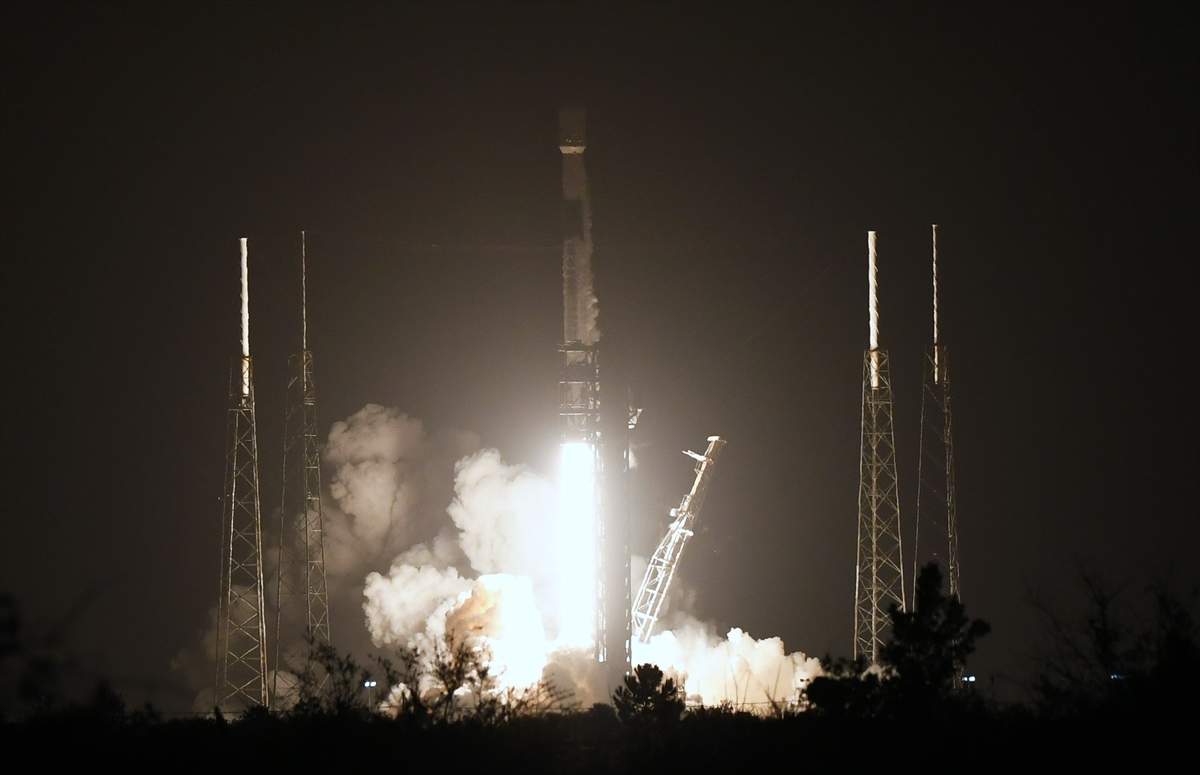SpaceX has launched the US National Aeronautics and Space Administration’s (NASA) PACE climate observation satellite to study the oceans and atmosphere.
NASA’s most advanced climate observation satellite, the Plankton, Aerosol and Cloud, Ocean Ecosystem Satellite (PACE), was launched from Cape Canaveral Space Station in Florida, USA.
PACE, which aims to study the atmosphere and ocean biology for at least 3 years, will collect data from aerosols and clouds every two days and observe the state of the atmosphere, ecosystems and changes in the oceans.
The data obtained from the satellite is expected to help predict storms and other severe weather events, detect airborne particles and algae species in the oceans.
PACE will also help determine how airborne particles affect cloud formations and the planet’s heat balance.
Researchers expect to receive the first data in a month or two.
NASA Oceanographer Jeremy Werdell, who is involved in the PACE project, stated that current observation satellites can detect 7-8 colors, but PACE can detect 200 different colors.
Karen St. Germain, NASA’s Director of Earth Sciences, said that compared to the observations of other satellites, “PACE will offer another dimension to this field.” (AA)



 UN
UN 



